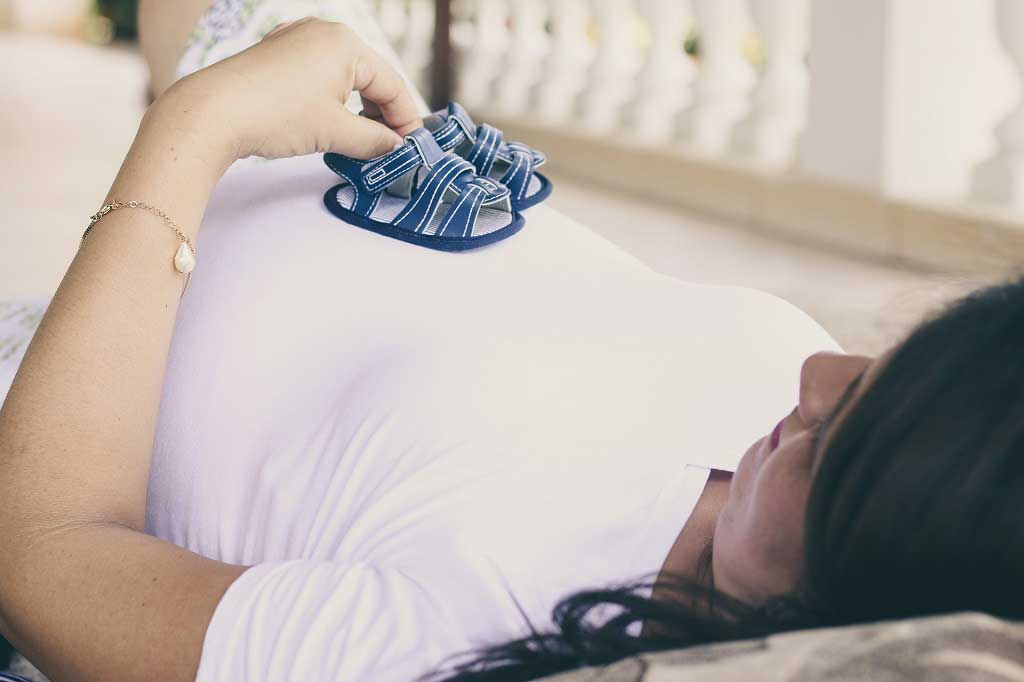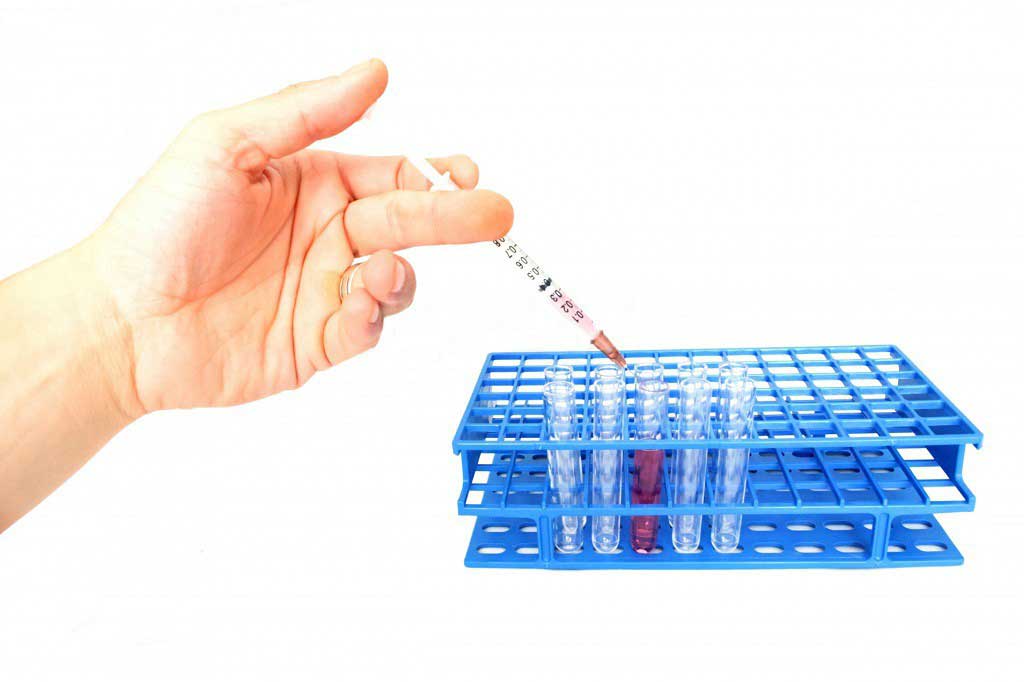SARS
How SARS is spread
SARS is an airborne virus, which means it's spread in a similar way to colds and flu .
The SARS virus is spread in small droplets of saliva coughed or sneezed into the air by an infected person. If someone elsebreathes inthe droplets, they can become infected.
SARS can also be spread indirectly if an infected person touches surfaces likedoor handles with unwashed hands. Someone who touches the surface may also become infected.
The SARS virus may also be spread through an infected person's stools. For example, if they don't wash their hands properly after going to the toilet, they may pass the infection onto others.
Evidence from the SARS pandemic in 2002-03 showed people living with or caring for someone with a known SARS infection were most at risk of developing the infection themselves.
Introduction
Read about severe acute respiratory syndrome (SARS), a highly contagious, serious and potentially life threatening form of pneumonia.
The SARS pandemic
SARS originated in China in 2002. It's thought a strain of the coronavirus usually only found in small mammals mutated, enabling it to infect humans. The SARS infection quickly spread from China to o
Viral mutations
Like all living things, viruses are constantly changing and evolving. A mutation iswhere genetic information stored inside an organism changes. Many global outbreaks of infectious illnesses (pandemic
How SARS is spread
SARS is an airborne virus, which means it's spread in a similar way to colds and flu . The SARS virus is spread in small droplets of saliva coughed or sneezed into the air by an infected person. If s
Symptoms of SARS
SARS has flu-like symptoms that usuallybegin two to seven days after infection. In some cases, the time between exposure to the virus and the onset of symptoms (incubation period)can be up to 10 days
Treatment for SARS
There's currently no cure for SARS, but research to find a vaccine is ongoing. A person suspected of having SARS should be admitted to hospital immediately and kept in isolation under close observati
Preventing the spread of SARS
Avoid travelling to areas of the world where there's an uncontrolled SARS outbreak. To reduce your risk ofbecoming infected, avoid direct contact with people withSARS until at least 10 days after the







 Subscribe
Subscribe Ask the doctor
Ask the doctor Rate this article
Rate this article Find products
Find products